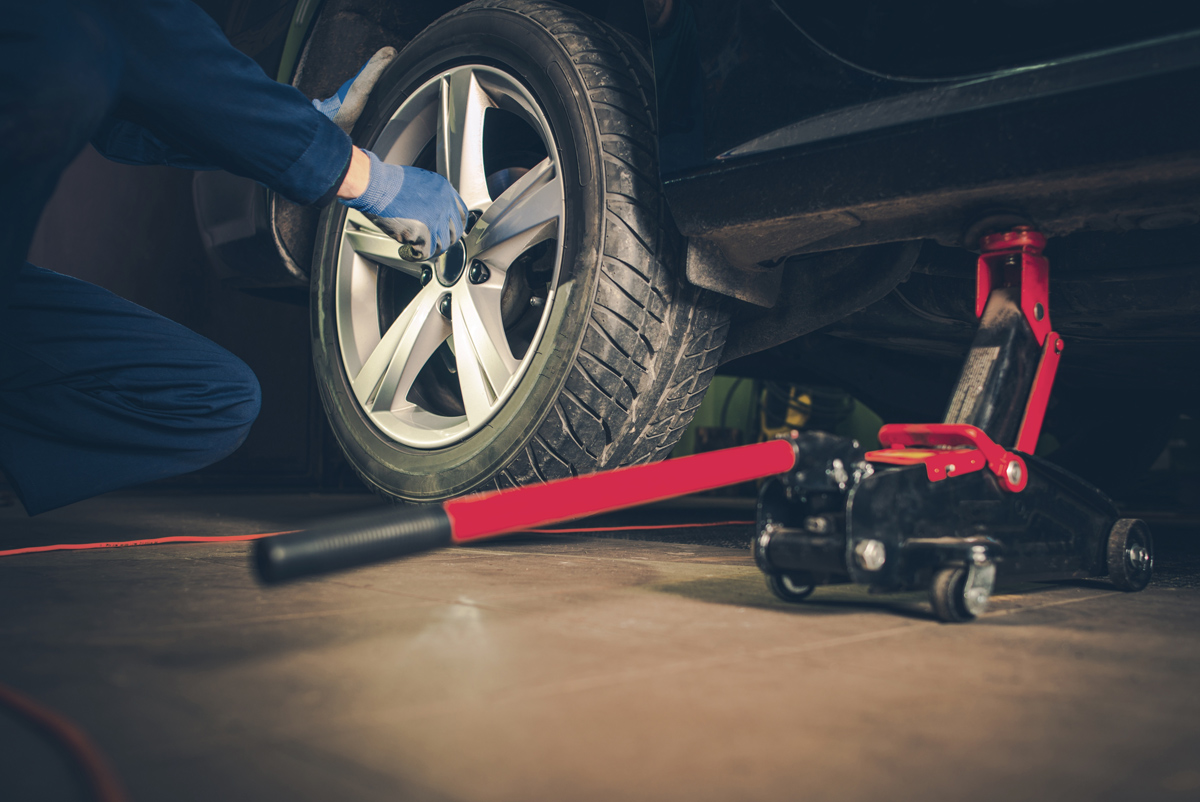Morris Tire Service: Comprehensive Tire Maintenance
Morris Tire Service: Comprehensive Tire Maintenance
Blog Article
Tire Fixing Myths Debunked: Separating Reality From Fiction
In the world of vehicle maintenance, tire repair holds a substantial location, yet it is typically shrouded in myths and misconceptions that can lead to complication for automobile owners (morris tire service). From the mistaken beliefs surrounding patching versus plugging a pierced tire to the efficiency of various tire sealers, there are a number of essential areas where quality is needed to make informed choices.
Typical Tire Repair Misconceptions
Resolving common false impressions surrounding tire fixing is essential for preserving roadway safety and extending the durability of your vehicle's tires. It is necessary to understand that not all leaks are produced equivalent; while some might indeed need a tire substitute, the bulk can be securely repaired.
One more false impression is the idea that a DIY tire fixing package is an adequate option for all tire problems. While these sets can be helpful for short-lived solutions in emergency situations, they are not a long-term option and may not deal with the underlying issue (tire shop near me). Looking for the expertise of a certified tire professional is constantly suggested to make sure the security and integrity of the tire

Can You Fix a Punctured Tire?
Fixing a punctured tire is a common practice in the automotive industry, frequently brought out by professional technicians following particular guidelines and criteria. Leaks found on the walk area of the tire are generally repairable as lengthy as they are within a particular dimension limitation and do not impact the tire's structural integrity.
It is very important to keep in mind that penetrates near the sidewall or shoulder of the tire are normally not repairable because of security concerns. Such locations go through significant stress and flexing, making fixings undependable and potentially dangerous. In addition, if the leak is too huge, surpassing the recommended repairable dimension, or if the tire shows indicators of interior damages, it is much safer to replace the tire completely.
The Truth Concerning Patching Vs. Plugging
When taking into consideration the fixing of a punctured tire, understanding the differences between patching and connecting is essential for making informed decisions concerning tire maintenance and safety and security. Covering entails fixing the tire from the within, where a patch is applied to cover the puncture.
Myth: All Tire Sealants Are Efficient

When picking a tire sealer, consider elements such as the dimension of slits it can effectively repair, compatibility with tire pressure tracking systems (TPMS), and whether it is secure for the tire shop near me tire product. Bear in mind, while tire sealants can be advantageous in emergencies, they are not an alternative for correct tire treatment and upkeep.
Ideal Practices for Handling Flat Tires
Due to the differing performance of tire sealers, recognizing ideal techniques for handling blowouts is essential for preserving road security and car performance. When coming across a level tire, the initial step is to safely pull over to the side of the road, away from oncoming traffic. Transform on threat lights to signal various other vehicle drivers of your scenario. It is advised to use the auto parking brake and area wheel wedges under the tires to stop the automobile from rolling. Next, consult your vehicle's manual to situate the extra tire, jack, and lug wrench. Prior to attempting to change the tire, make certain that the location is level and stable. Loosen the lug nuts, elevate the lorry with the jack, eliminate the lug nuts and blowout, and replace it with the extra tire. Tighten up the lug nuts in a star pattern, lower the vehicle, and firmly tighten the lug nuts. Lastly, stow away the flat tire, devices, and devices, and keep in mind to check the extra tire's stress periodically. Complying with these best techniques can assist you handle punctures successfully and safely.
Final Thought
To conclude, it is essential to separate truth from fiction when it concerns tire repair misconceptions. Understanding the fact about covering vs. plugging, the performance of tire sealants, and ideal methods for taking care of level tires can help make certain the security and longevity of your tires. By exposing usual mistaken beliefs and adhering to proper fixing guidelines, you can make enlightened decisions when it concerns keeping the health of your car's tires.
Report this page